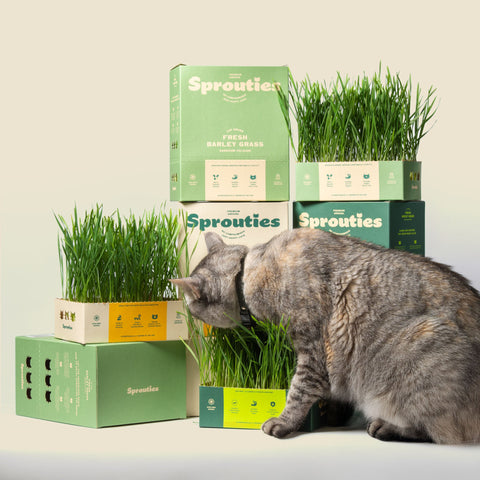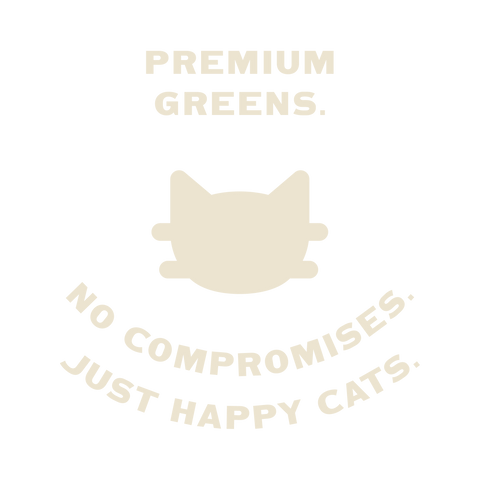Why Cats Eat Grass
Hairball purging (grass causes vomit to expel fur/feathers); Constipation relief (grass fiber ends up in stool, can stimulate colon motility in mildly constipated cats). Regular, instinctual plant-eating likely had an evolutionary health role, so indoor cats should have safe grasses available.
Read article
Plant eating behavior in domestic cats: support for the hair evacuation hypothesis
Using electron microscopy and DNA analysis, researchers found grass blades and rough plant fragments intertwined with hairs in feline hairballs. No parasite remnants were seen, and plants identified were common grasses. This suggests a mechanical function: cats eat coarse grass to bind and expel fur and hairballs.
Read article
Where the Green Grass Grows: Grass Treats for Cats
Overview from a major vet network: notes that today’s cats on balanced diets “lack nothing,” yet grass still benefits well-fed cats: providing roughage for digestion and elimination, cats who routinely eat grass have fewer hairballs and less constipation. Also claims chlorophyll in grass helps keep cat’s breath fresh. Suggests treating grass like any snack (max ~10% of diet) . Recommends using safe “cat grass” (wheat, oat, barley, alfalfa, rye) for indoor cats.
Read article
Why do cats eat grass?
Emphasizes grass-eating is safe and common in cats . Theories include folic acid nutrition and fiber aiding hairball passage so cats pass them naturally instead of vomiting. Recommends growing an indoor grass pot to enrich cat’s environment and keep them away from treated outdoor grass.
Read article
The Many Wholesome Benefits of Cat Grass
Coverage of research suggesting grass-eating is instinctive, veterinarian Pete Wedderburn notes that cat grass (from wheat, oat, rye or barley) is rich in antioxidants, vitamins A, C, E, K, glutathione, B vitamins, folic acid, proteins and fiber, yet is non‑toxic. He lists benefits such as improving dental health, removing hairballs by inducing vomiting, providing mental stimulation, preventing cats from eating toxic houseplants and offering nutrient enrichment.
Read article
Cat Grass: Is it Safe for My Cat?
Hill’s explains that cat grass is sprouted cereal seeds (wheat, barley, oat or rye) grown indoors. It notes that cat grass supplies folic acid and fibre, which help digestion and can deter cats from chewing houseplants. The article warns owners to monitor over consumption and consult a vet if cats over‑eat.
Read article
Why Do Cats Eat Grass? Should You Worry?
This article notes that cat grass is not a single species but can be wheatgrass, oat grass, rye grass, barley grass, alfalfa grass or flax grass. It provides tips on buying and growing cat grass and emphasises that cat grass is a safe alternative to houseplants; details on health benefits are limited because the article focuses on growth and safety.





